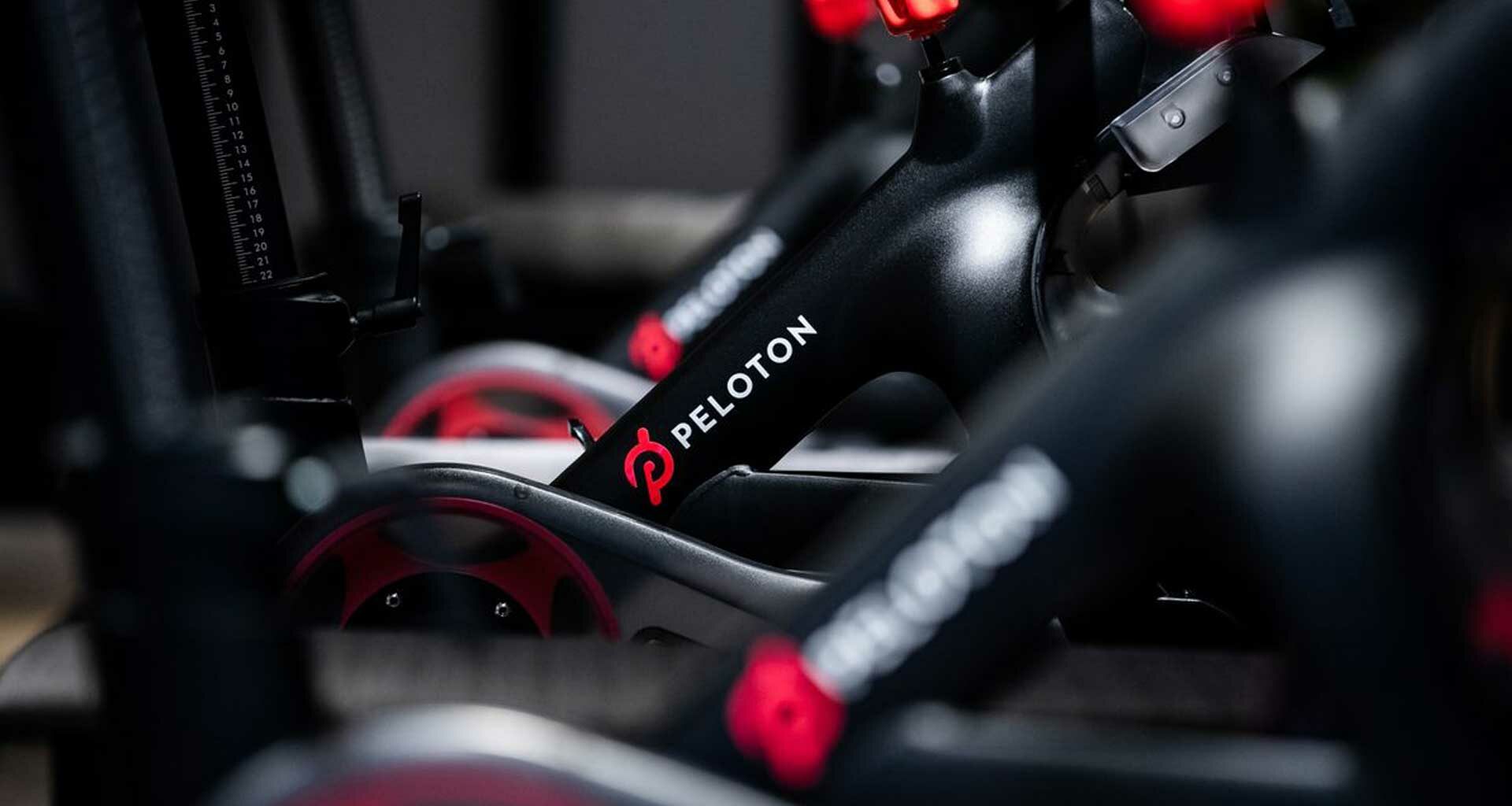Peter Drucker, the legendary management consultant, advised, “Business has only two basic functions – marketing and innovation. Both are complicated. ” We don’t disagree, but we’d go one step further. Effective marketing is not just complicated, but marketing-tempered-by-innovation-and-emotional-engagement is. During the past couple of decades, innovation has become the complicating and dominant factor in defining the pace of our culture and the success of brands – “success” defined by things like consumer emotional engagement, positive consumer behavior, sales, and profitability.
But because innovation is complicated, it doesn’t happen overnight. Because it’s complicated, simple Q&A research doesn’t cut it when you’re talking about real innovation. You need to know what will emotionally engage your customer, what they expect, and what you might do to better than a competitor to meet those expectations. So, yeah, complicated.
Every couple of years Brand Keys takes a look at what consumers are expecting, and which brands they feel are likely to innovate. The consumer’s process for appraising brands for emotionally-engaging and meaningful innovation can best be described as a 3-step process for them:
- Acknowledgement (this is something new),
- Connection (this is something new that has meaning to me and engages me), and, finally,
- Categorization (how does this something new that has meaning and engages me fit into my life?)
Interestingly, customer’s expectations about pretty much everything brand-related grow each year – mostly more than brands can keep up with, particularly when it comes to innovation. Consumers want it all, they want it now, and in that want-it-all-now, they create specific synergies among and between brands they rationally believe, and emotionally feel, will improve their lives. So, yeah, complicated.
And when new brands do show up in our innovation survey it’s a big deal. A really big deal. Consumers’ views of innovation have become bigger deals these days because innovation has a very definite half-life.
Emotionally and intuitively consumers, classify and link their views of brands organically. And via that process, respondents have identified three innovation taxonomies:
- Predictable Innovators
- Mercantile Innovators
- Lifestyle Innovators
The “Predictable Innovators” were just that. Brands consumers felt were expected to provide new things that were likely to mean something to them and engage them. You know, the kind of innovation about which people say, “Wow! That’s cool. Of course (FILL IN THE BRAND NAME) would come up with something like that. I want one!” Feel free to fill in the brand name with the likes of Amazon or Google. Or Apple. Or Netflix. That’s what our consumer panel did, and probably who you expected.
The “Mercantile Innovators” were brands that facilitated or accentuated business or commercial transactions, either for the business-person or the customer, depending on which side of the counter you’re on. Brands like Shopify that offers software shopping cart solutions to sell, ship, and manage products. Or Square, which allows sellers to do everything from credit card processing to point-of-sales. Or Unmade, the fashion software that provides customized, end-to-end, on-demand design through production. Oh, and Instagram. The entirely visual platform that, well … everyone knows, and they continually innovate. In fact, Instagram just released a “Data From Partners” ad setting that enables users to choose whether they want Facebook (Facebook owns them) to use data about their activity to personalize ads on the platform.
Finally, we come to the “Lifestyle Innovators” which are brands that represent a way of living, a mode de vie for the consumer, as it were – how people behave, or want to behave, or how they want to live. Or be seen. Or be seen living. Sometimes it has to do with health and well-being. Other times it has to do with personal image or personal growth. Sometimes safety and security. Sometimes communication with others. Sometimes just doing well by doing good. You know – lifestyle.
So, we weren’t surprised to see that CVS Health showed up, given their innovations regarding configurable COVID-19 testing solutions. Or Duolingo and Snapchat, facilitating personal and interpersonal connections. Or Oatly, the vegan brand that figured out how to produce dairy alternatives from oats. Patagonia showed up too. They figured out new ways for consumers to save money and save the planet. Or Peloton, the indoor exercise bikes and treadmills that allow consumer to view live or on-demand exercise classes. They innovated a new category: connected fitness. And it’s the Peloton brand I’d like to focus on right now.
Remember how I said when a new brand shows up as an innovator it’s a really big deal? Well, I did. In paragraph 5. Anyway, it’s also a leading-indicator of profitability. So, it’s a really big deal when Peloton posted its most recent quarterly profits. The number of people subscribing to its remote fitness classes reached over a million and – wait for it – revenues tripled!
Yes, they capitalized on the pandemic-driven demand for sheltering-in fitness equipment. Yes, the innovative streaming-exercise concept has profited because of restrictions placed on traditional gyms, closures or limiting capacity á la social distancing. But Peloton also expanded live content offerings. Oh, and they cut equipment prices.
Peloton is expensive. Enough to bring on sticker shock to the most devoted fitness fanatic. But with the price cut, the brand hoped more consumers would sign up for monthly subscriptions. And because consumers are willing to pay for real innovation that engages, they have. Signed up, I mean. So, engaging innovation and inventive marketing. Mr. Drucker would be proud!
And the as-of-this-column innovation bottom line? Consumers are looking for innovation that inspires. Brands that can, will transform categories and their own futures. Right now, outside of COVID-19 vaccine research, emotional engagement research is the secret inoculation brands need. And that adds another layer of complexity to the endeavor. Why? because – as we’ve seen with traditional Q&A research – consumers can’t necessarily articulate what innovations they want. The thing is, they recognize it when they see it. Actually, they feel it, and emotional engagement research can help simplify innovation creation. Because ultimately, when it comes down to understanding consumers, it’s like legendary adman, David Ogilvy observed, “Consumers don’t think how they feel. They don’t say what they think, and they don’t do what they say.”
So, yes, producing real brand innovation is complex. But when it comes to consumers, it’s more Al Jolson than Peter Drucker; “You ain’t seen nothing yet!”
 Robert Passikoff is founder and CEO of Brand Keys. He has received several awards for market research innovation including the prestigious Gold Ogilvy Award and is the author of 3 marketing and branding books including the best-seller, Predicting Market Success. Robert is also a frequent contributor to TheCustomer.
Robert Passikoff is founder and CEO of Brand Keys. He has received several awards for market research innovation including the prestigious Gold Ogilvy Award and is the author of 3 marketing and branding books including the best-seller, Predicting Market Success. Robert is also a frequent contributor to TheCustomer.














2 comments